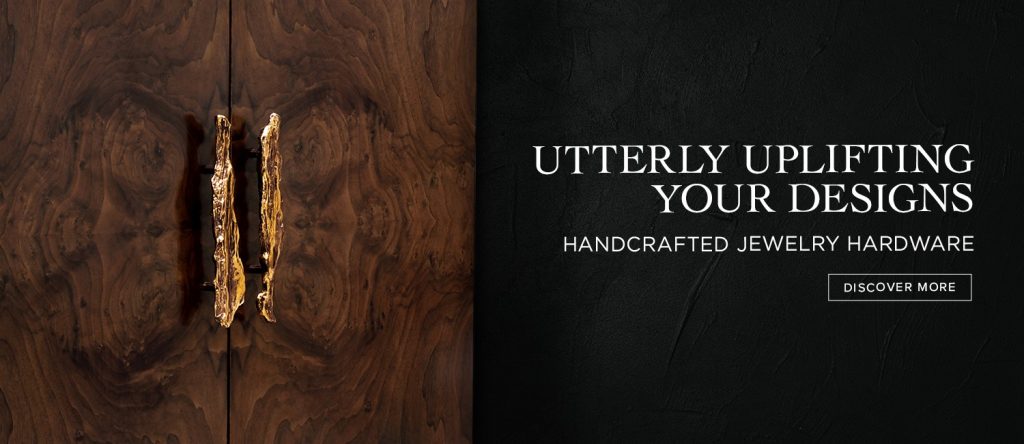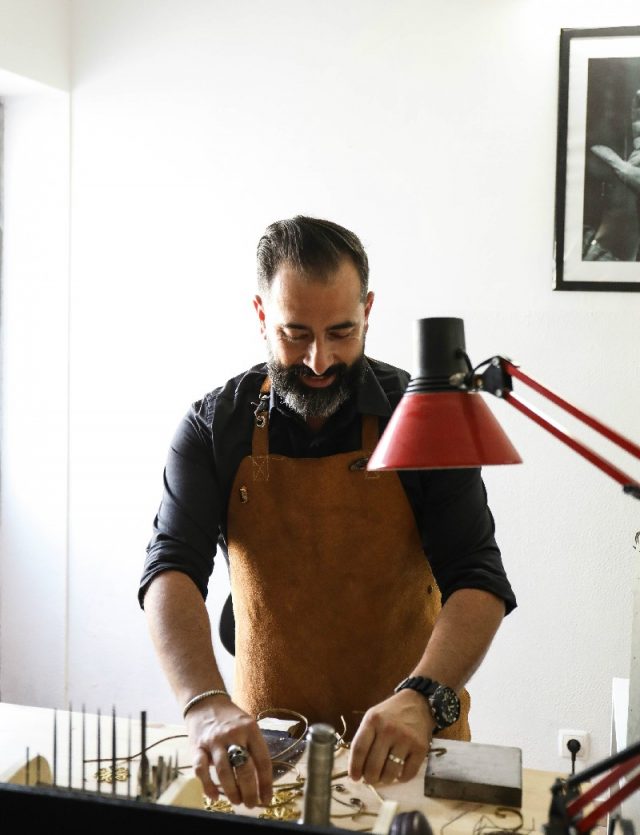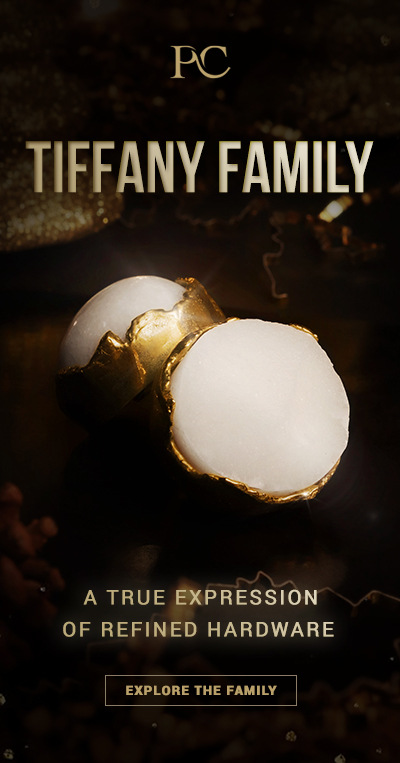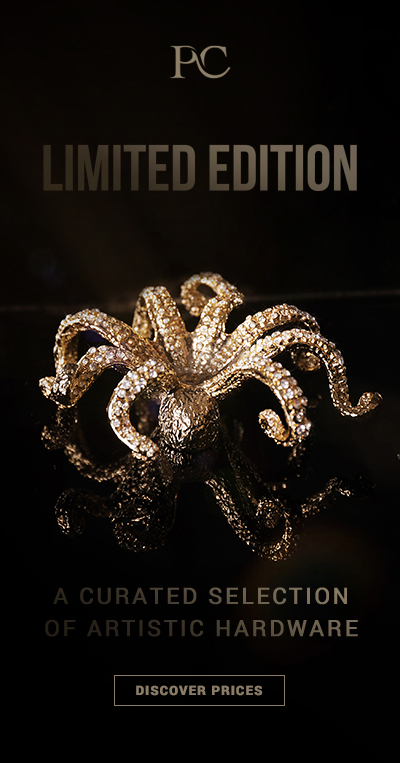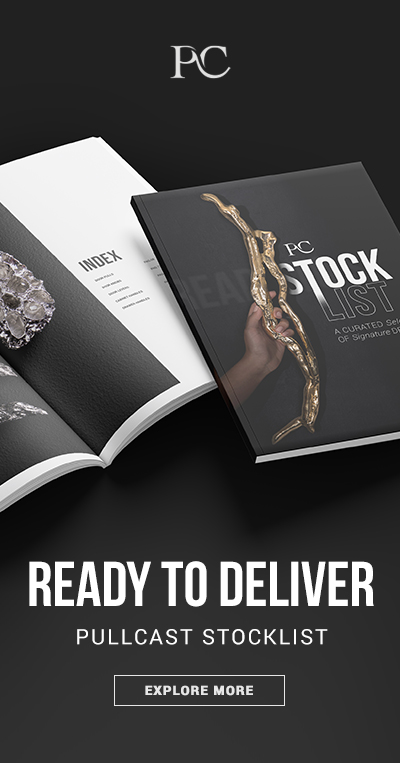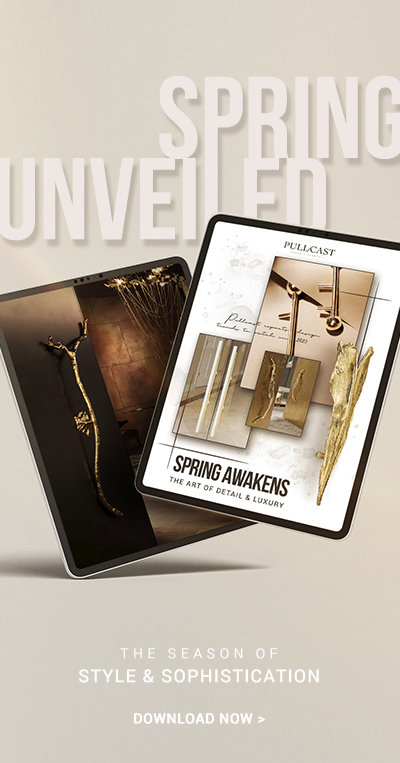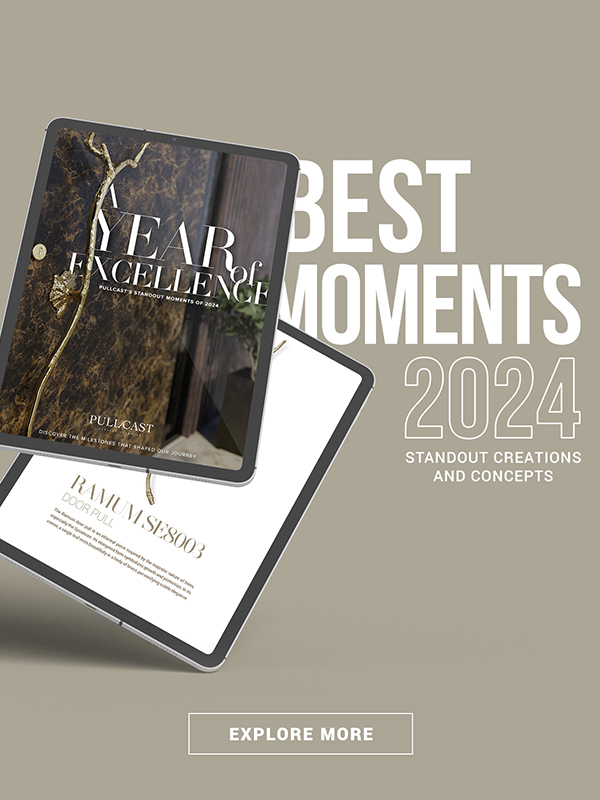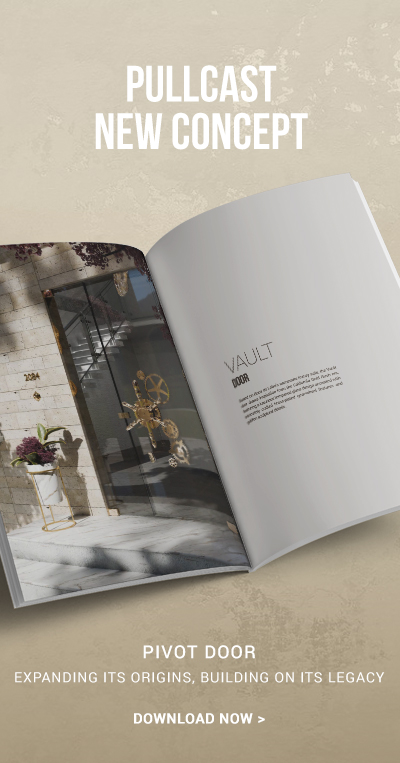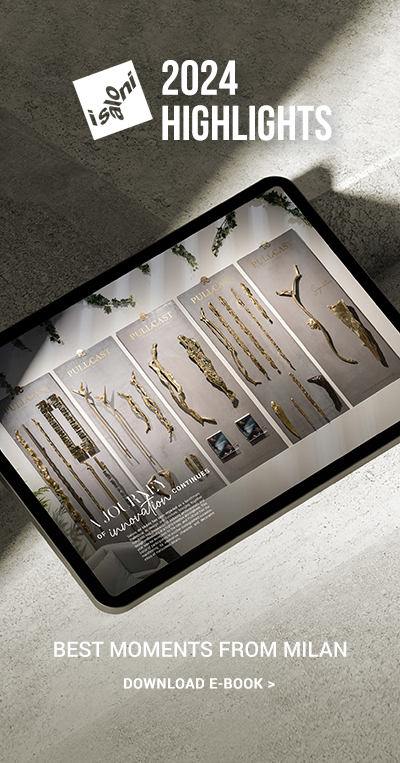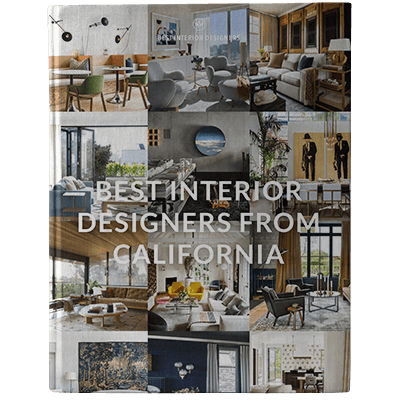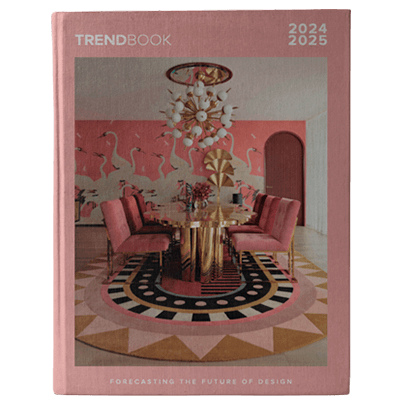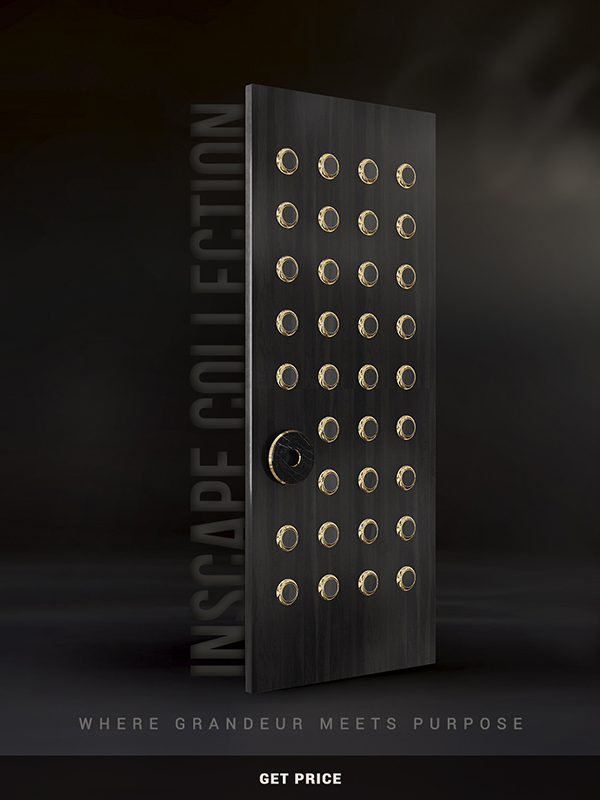The Culture Project by Brhands Foundation – Last week, Covet Group and the Brhands Foundation presented the CULTURE Project! This project was born from the idea of having Designers and Artisans working side by side with raw materials ready to be shaped by the creativity and energy created through more or less unusual collaborations. As a member of the Covet Group Family, PullCast is deeply involved in this project and now it’s time to present it!
Covet Group was recently on the news due to their newly-inaugurated Covet Town. It’s in the middle of Covet Group, near Oporto, in Gondomar, that now exists this creative hub, CULTURE, that wants to be the meeting point where thinkers and makers work in a studio of artist, artisans and designers. All of this to promote and project the future of Portuguese applied arts and trades, so that these don’t come to an end and meet new chapters.
CULTURE has the ambition to preserve as many national arts and trades as possible, and for that to become a reality, it has gathered government entities, universities, polytechnics, professional centers, artists, artisans and designers with the goal of joining forces and give visibility to the Portuguese arts in the international market.
Joaquim Paulo and João Barros are two of the designers that are part of Brhands and that are the face of this challenge called CULTURE. Joaquim Paulo tells us that “CULTURE project’s main mission is to be able to put, all in one place, the artists, artisans and designers and to create a synergy where there’s an exchange of knowledge and know-how, and being able to project it onto pieces and elevate craftsmanship through design for the whole world”.
The designer explains that due to the “speed and growth of the in-house brands and the business some of this expertise was lost in the creation of new pieces. This is the moment where we took a break, we were able to understand that these values from these craftsmen are a bit forgotten and we want to give them life again through their knowledge and being able to train people, being able to have some artist residencies, always have an exchange of ideas and making these people the face of this project and not the designers or the brands that, usually, are the ones that have more visibility. We want to create this living space where they have all the tools and all the raw material available to be able to do what they feel like doing”. When questioned about how the young designers that are part of his team have been facing this project, Joaquim Paulo says: “Since we are a rather young team they have been facing this in a very exciting way because this isn’t something you learn in college, this isn’t taught in class, you must be on the field, you must be close to these extremely valuable people, these cultural agents that can teach us how to do”.
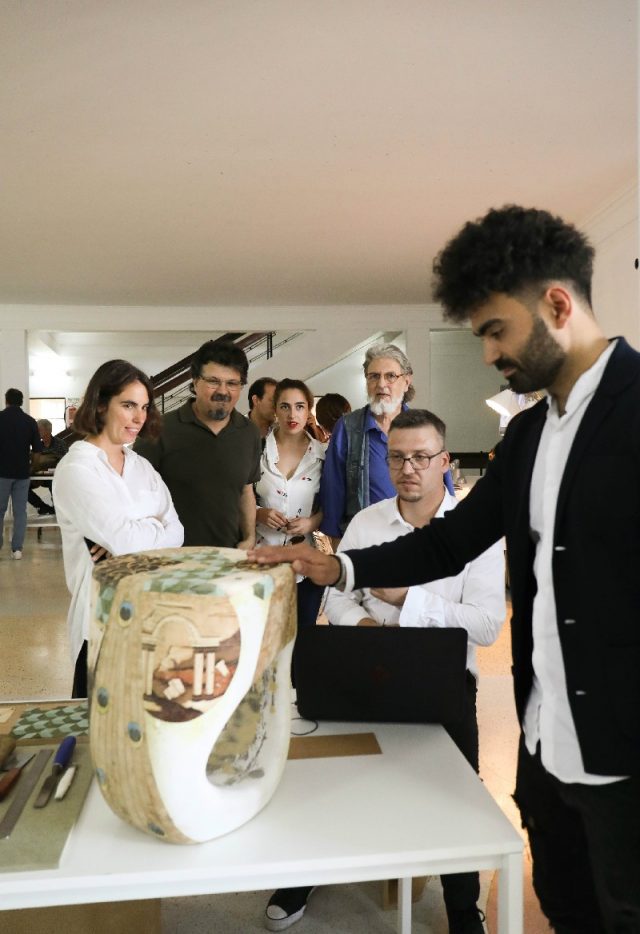 Cláudia Nogueira is one of those young designers that has had the chance to experiment and get to know some of the arts better, also counting on the guidance of professor Almiro Amorim, from ESAD (Higher School of Arts and Design). According to Cláudia Nogueira, her and the other young designers started by “understanding and researching what were the several arts” and which ones they would like to work with. She highlighted filigree and reminded us that there’s a jewellery department in the company, where they have the chance to “go from theory to practice, where we can not only see but be with the artisan, and be close to him and try to understand how it’s done, understand the technique itself, and the components that surround the art”, she says.
Cláudia Nogueira is one of those young designers that has had the chance to experiment and get to know some of the arts better, also counting on the guidance of professor Almiro Amorim, from ESAD (Higher School of Arts and Design). According to Cláudia Nogueira, her and the other young designers started by “understanding and researching what were the several arts” and which ones they would like to work with. She highlighted filigree and reminded us that there’s a jewellery department in the company, where they have the chance to “go from theory to practice, where we can not only see but be with the artisan, and be close to him and try to understand how it’s done, understand the technique itself, and the components that surround the art”, she says.
We also had the chance to talk to some of the entities present at the launching of CULTURE. Nuno Barra, Marketing and New Product Development Director at Vista Alegre Atlantis, believes that “there are many points of contact, eventually there are even new types of products that can start from here”. When we talk about artisanal techniques and design, applied to the world of luxury goods, Nuno Barra clarifies: “It’s the combination of the two areas, not even design can do it, it will never be able to make its pieces without the collaboration of the artisan and the artisan also needs design to able to make the pieces that are valued nowadays. Because what is valued today won’t be what is valued in twenty years, things change. But that joint collaboration, and I really believe in all of the areas, either there’s a collaboration among the areas or there’s always something missing. Just like the creation of the product and the billing of the company, if there isn’t a combination of these several areas something will fail during the process, there has to be a collaboration”.
Luís Rocha, Director of CEARTE – Centre for the Professional Training in Craftsmanship, believes “that it’s an extremely ambitious project, but it’s extraordinary, and it’s in line with what’s fought for at a national level and at a European level, for the development of our craftsmanship sector and to sell Portugal out there and in here with what distinguishes us, what identifies us and what makes us different”. Luís Rocha emphasizes that what makes the project different is its commercial nature because “without marketing, without selling, without money, none of us believe, none of us live and, therefore, this is also a great asset of the project”.
Luís Rocha also tells us about the possibility of the existence of artist residencies, through partnerships between CULTURE project and CEARTE, even though he knows that “it isn’t easy especially in Portugal, most of our artisans are still very closed off to these types of questions, fortunately, we have a group of new artisans, with different training, with a different openness to the world and that already have, let’s say, some availability, they already have a better understanding of the assets that they themselves can have from the openness to projects like this”, he concludes.
Read More: Sand Casting, One of The Many Techniques Used By PullCast Artisans
On the other hand, Ricardo Triães, Director of the Preservation and Restoration Laboratory, Polytechnic Institute of Tomar, says he believes that the CULTURE project “has much of what is the DNA of our institution, the work of preservation and restoration is essentially about those assets that in some way, either because of the materials, either because of the techniques, or even because of the artists and craftsman and artisans involved, are the objects of greater quality and greater importance. (…) In other words, it’s those assets, let’s say, that through the journey of our history allowed the creation of a strong identity with a more or less extended community, but with a strong cultural identity”. Regarding the possibility of the students participating in artist residencies, he says that “namely the master’s students, that can also dedicate themselves a bit more to the study of those techniques”. Ricardo Triães emphasizes that it’s important to “leave that knowledge so that, nowadays, the artisans and designers, the artists, can also have a foundation of work, in some way respecting that which were the traditional techniques and the traditional materials”. And he concludes: “This experience of developing the traditional techniques, that they’ve learned in the program, allows them, let’s say, to create here other alternatives in their professional journey”.
In this first gathering were represented the following entities:
- AARN – Association of Artisans from the North Region of Portugal
- Allen’s Portugal
- AORP – Portuguese Association of Jewellery and Watches
- APIMA – Portuguese Association of Furniture Industry
- “Portugal à Mão” Association – Centre for the Study and Promotion of Portuguese Arts and Trades
- CEARTE – Centre for the Professional Training in Craftsmanship
- CENFIM – Centre for the Professional Training in the Metallurgical and Metal-mechanic Industry
- CINDOR – Centre for the Professional Training in the Jewellery and Watches Industry
- Designer Raul Pinho
- Designer Toni Grilo
- Diário de Notícias
- FEUP – Faculty of Engineering of the University of Porto
- FPAO – Portuguese Arts and Trades Federation
- Gondomar’s Institute of Employment and Professional Training
- Polytechnic Institute of Tomar
- Polytechnic Institute of Cávado and Ave
- ISMAI – University Institute of Maia
- Oficinas Santa Bárbara
- Art Promoter Nuno Ribeiro
- Topázio
- University of Aveiro
- Vista Alegre
Besides Brhands Foundation, in which CULTURE project is in, Covet Group is also responsible for the Luxury Design & Craftsmanship Summit and, of course, PullCast. All of these initiatives have the purpose of bringing to life the mission chosen by the Group: Elevate Design and Craftsmanship.
DISCOVER THE WORLD OF PULLCAST
Discover the exclusive and luxury world of PullCast and dive in our amazing and elegant list of hardware products. They will help you elevate and transform your home decor or your design project into a unique experience! Follow us on Facebook, Pinterest, Twitter, Instagram, Linkedin and Youtube!


